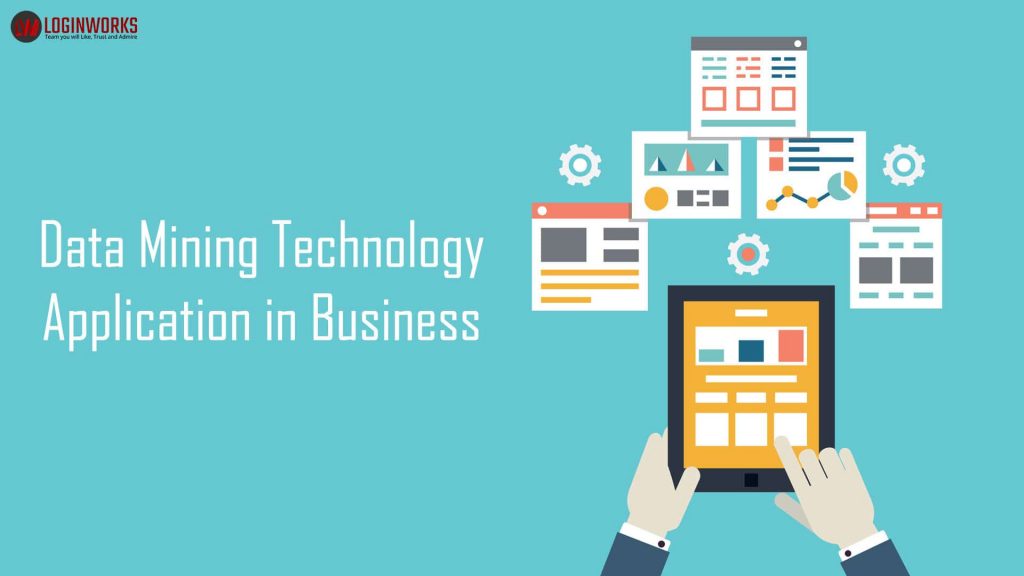Large amounts of data are usually harvested in government, business, development, and research organizations. The data is normally stored in large databases or data warehouses. Generally, data mining involves the collection of suitable data that needs to be extracted, cleaned, linked, and integrated with other sources. Therefore, data mining is the process of retrieving useful information from many websites and databases, which is then analyzed and then presented. The purpose, of course, is to make sound decisions.
Data Mining Can Be Automated
In some cases, the process of data mining is automated. This results in the analysis of large data sets in finding trends and patterns which are likely to go undiscovered. The process has many applications, such as:
- Product analysis,
- Understanding consumer research marketing,
- Telecommunications,
- Demand analysis, and
- Supply analysis.
It is important to note that data mining is largely based on analytical skills and mathematical algorithms in driving out the desired results from large database collections.
Understanding Consumer Research Marketing
Consumers are very important in determining the direction of any business. This is simply because they are the consumers of our products.
Their trends in terms of income and buying patterns need to be analyzed and understood so that a business can thrive in its competitive environment. For instance, the income of consumers can greatly influence their purchasing power. Their location may also determine their buying trends. Through the process of data mining, it is possible to know who your customers are and what kind of customers are likely to move to your competitors.
- Business Intelligence Vs Data Analytics: What’s the Difference? - December 10, 2020
- Effective Ways Data Analytics Helps Improve Business Growth - July 28, 2020
- How the Automotive Industry is Benefitting From Web Scraping - July 23, 2020

